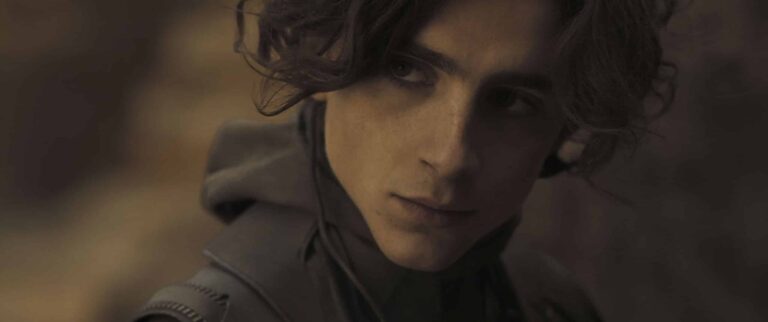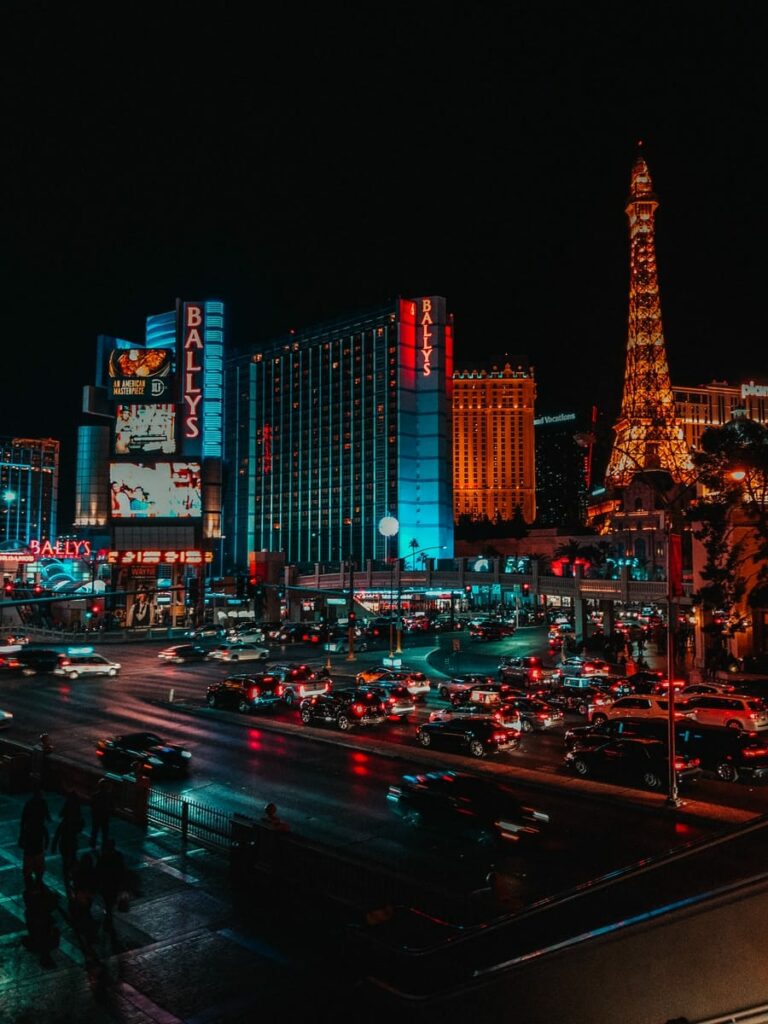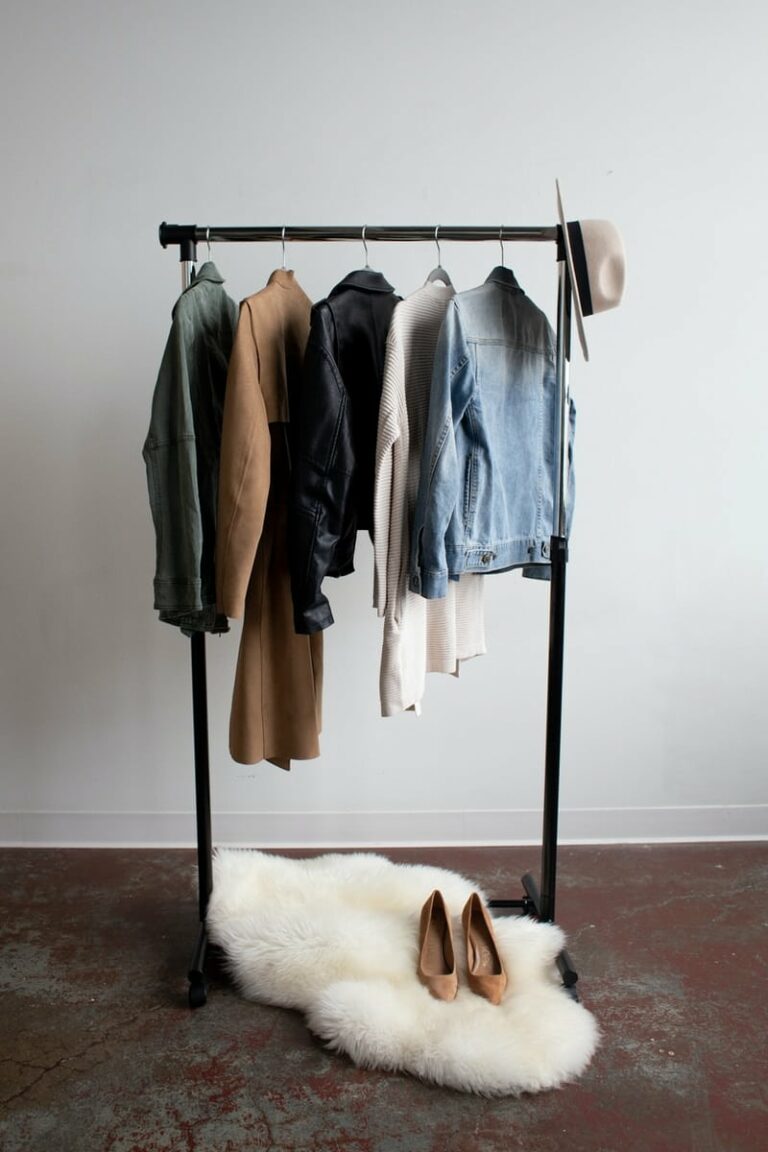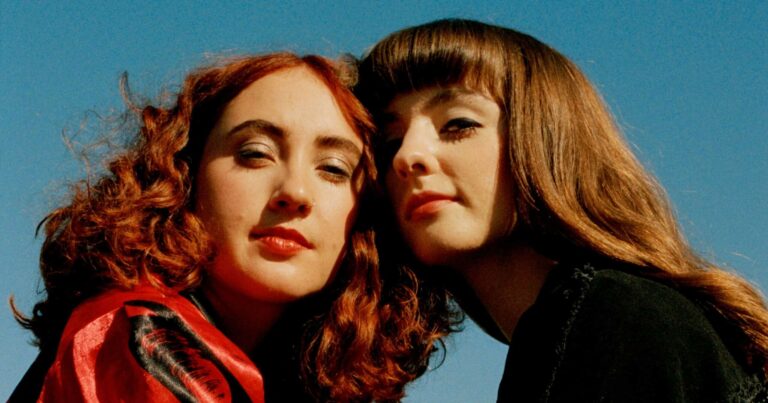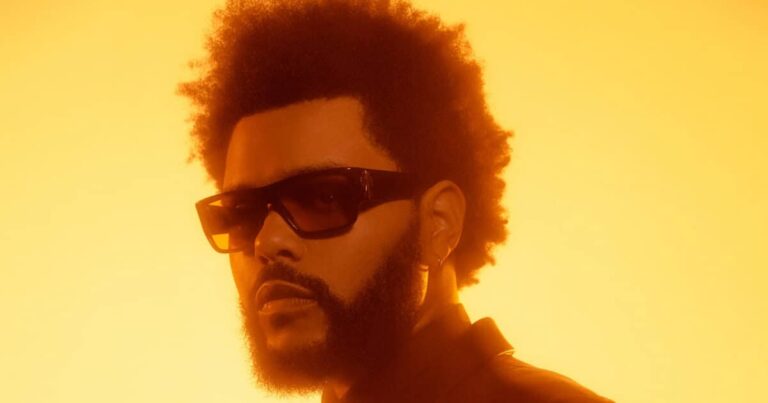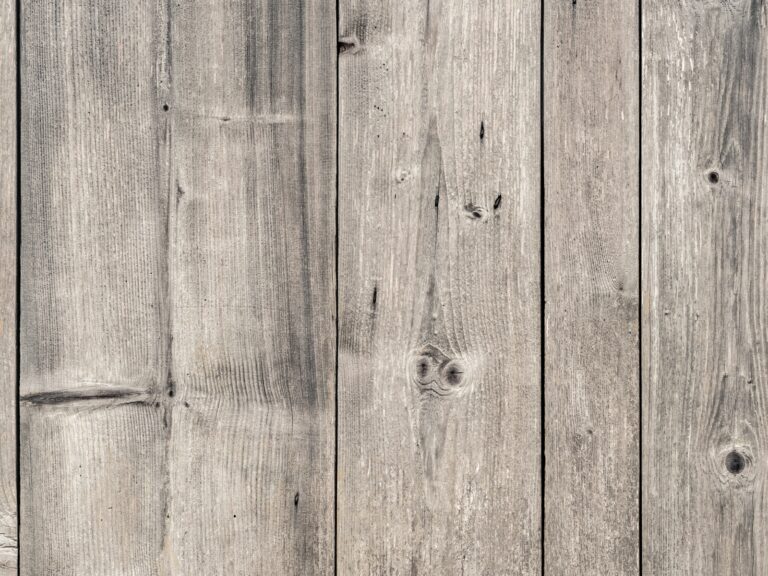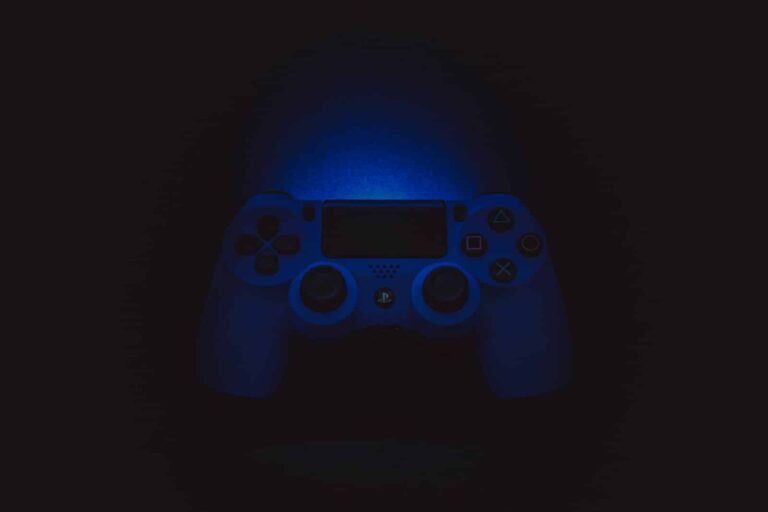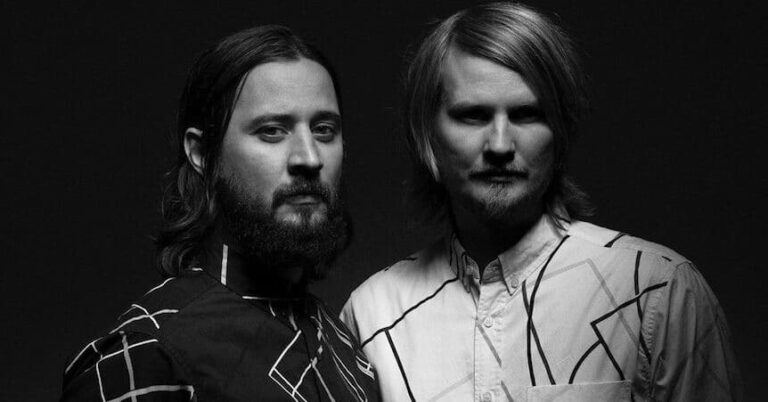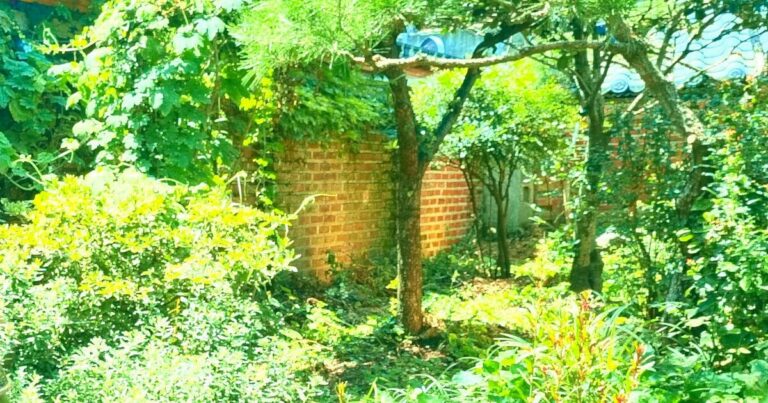Denis Villeneuve’s adaptation of Frank Herbert’s Dune is, like some of his other work, a cerebral and beautifully shot film. This ambitious, epic sci-fi story is set in the year 10,191 in an interstellar civilization. Paul Atreides (Timothée Chalamet) is a young man who finds himself weighed down by the legacy of his noble birthright into the House Atreides and caught in an interplanetary war over a precious substance called spice, found on the planet Arrakis. With guidance from his mother (Rebecca Ferguson), father (Oscar Isaac), and others he meets on his journey, Paul must venture into the deserts of Arrakis to protect his family and his society’s future.
Paul soon learns that his destiny has already been mapped out far in advance and that his duty extends to not just his own people, but to those of Arrakis, and anyone at the mercy of the violent, powerful Baron Harkkonen, who wants to seize Arrakis and its spice for himself. On Arrakis, Paul deals with visions of a mysterious girl (Zendaya) who communicates with him through dreams, the threat of enormous sandworms, and a war that is quickly spiraling out of control. However, amid all the action, the film maintains its sense of all-encompassing wisdom, impressive scale, and bubbling emotion.
Thanks to a powerful score, impressive cinematography and special effects, and an exciting script (Jon Spaihts, Eric Roth, and Villeneuve), Dune is one of the most memorable films of 2021. Here are some quotes that define this epic sci-fi movie.
- Lady Jessica Atreides: I must not fear. Fear is the mind-killer.
- Duncan Idaho: Dreams make good stories, but everything important happens when we’re awake …
- Paul Atreides: What if I’m not … the future of House Atreides?
Duke Leto Atreides: … A great man doesn’t seek to lead; he is called to it … But if your answer is ‘no’, you’d still be the only thing I ever needed you to be – my son. - Paul Atreides: My father came not for spice, not for riches, but for the strength of your people. My road leads into the desert. I can see it. If you’ll have us, we will come.
- Reverend Mother Mohiam: An animal caught in a trap will gnaw off its own leg to escape. What will you do?
- Chani: My planet Arrakis is so beautiful when the sun is low. Rolling over the sands, you can see spice in the air … The outsiders … ravage our land. Their cruelty to my people is all I’ve known.
- Duncan Idaho: Look at you. You put on some muscle.
Paul Atreides: I did?
Duncan Idaho: No. - Baron Vladimir Harkonnen: I said I would not harm them and I shall not. But Arrakis is Arrakis and the desert takes the weak. This is my desert. My Arrakis. My Dune.
- Jamis: The mystery of life isn’t a problem to solve, but a reality to experience.
- Gurney Halleck: What’s mood to do with it? You fight when the necessity arises, no matter the mood.
- Reverend Mother Mohiam: Like sifting sand through a screen, we sift people. If you had been unable to control your impulses, like an animal, we could not let you live. You inherit too much power.
Paul Atreides: Because I’m a Duke’s son?
Reverend Mother Mohiam: Because you are Jessica’s son. You have more than one birthright, boy. - Reverend Mother Mohiam: He wields our power. He had to be tested to the limits. So much potential wasted in a male. You were told to bear only daughters. But you, in your pride, thought you could produce the Kwisatz Haderach.
Lady Jessica Atreides: Was I wrong? - Reverend Mother Mohiam: You’re lucky he didn’t die in that room. If he is The One, he has a long way to go. His Sight is barely awakened, and now he goes into the fire. But our plans are measured in centuries. We have other prospects if he fails his promise.
Lady Jessica Atreides: Do you see so little hope?
Reverend Mother Mohiam: On Arrakis, we have done all we can for you. The path has been laid. Let’s hope he doesn’t squander it. - Reverend Mother Mohiam: For thousands of years, we’ve been carefully crossing bloodlines to bring forth …
Lady Jessica Atreides: The One?
Reverend Mother Mohiam: A mind powerful enough to breach space and time, past and future, who can help us into a better future. We think he is very close now. Some believe he is here.
Paul Atreides: All part of the plan. - Paul Atreides: What were they shouting?
Lady Jessica Atreides: ‘Lisan al-Gaib’, ‘The Voice from the Outer World’. It’s their name for ‘messiah’. It means the Bene Gesserit have been at work here.
Paul Atreides: Planting superstitions?
Lady Jessica Atreides: Preparing the way, Paul. These people have waited for centuries for the Lisan al-Gaib. They see you, they see the signs.
Paul Atreides: They see what they’ve been told to see.
